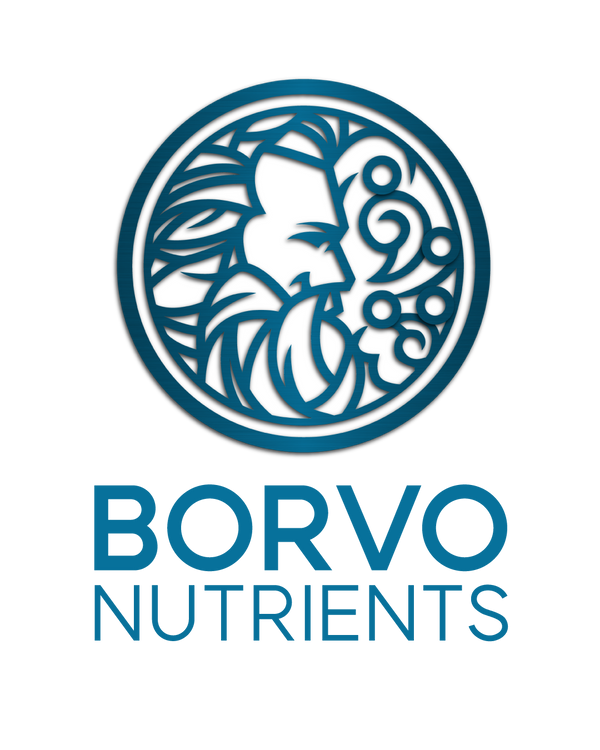Blog
Natural Sources of Iodine
Iodine is a trace element that cannot be synthesised by the body. Due to this it is necessary to obtain the bodies iodine requirements from dietary sources. Unfortunately though Iodine...
Natural Sources of Iodine
Iodine is a trace element that cannot be synthesised by the body. Due to this it is necessary to obtain the bodies iodine requirements from dietary sources. Unfortunately though Iodine...
